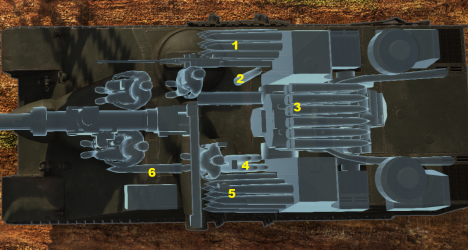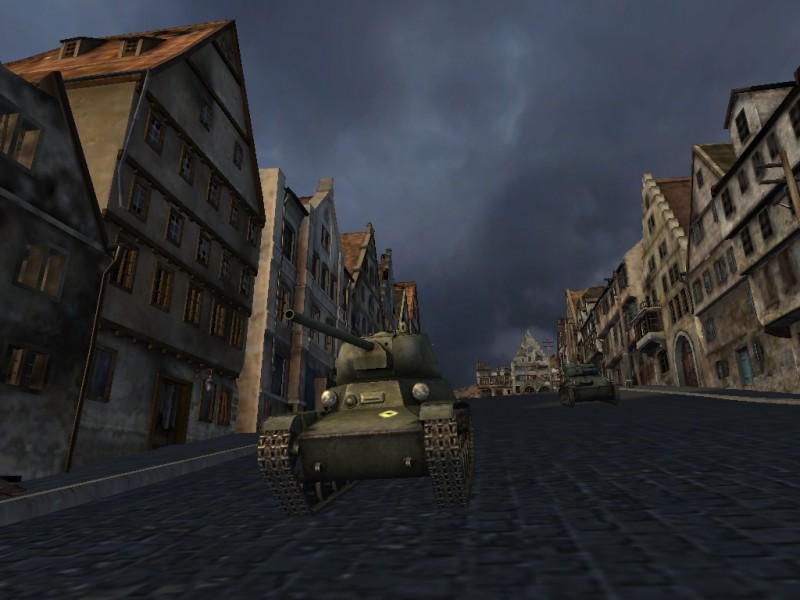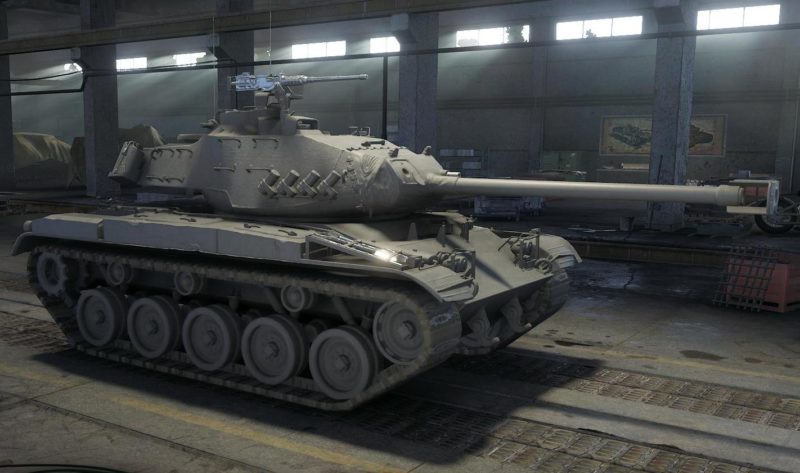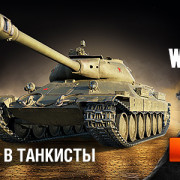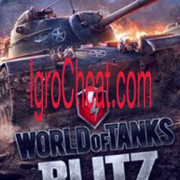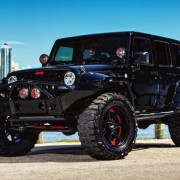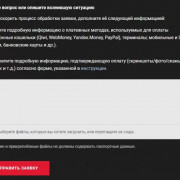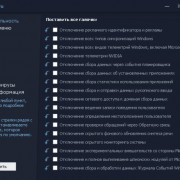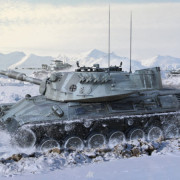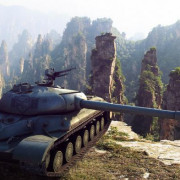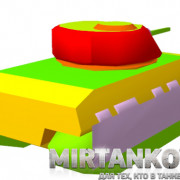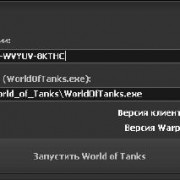Читерский модпак меркава для wot 1.9.1.1
Содержание:
- Development
- Tank Merkava Mk 4M — video
- Gallery
- Tactics specifications Merkava Mk 4M
- The Merkava in action
- Gallery
- Установка модов HARD CHEAT Merkava
- Development history
- Об активной защите «Трофи»
- Variant of the Merkava
- The Merkava design
- Deployment[edit]
- Тактико-технические характеристики танка Меркава 4M
- [править] Общие сведения
- Боевое применение
- The Merkava Mk. III
- “МЕРКАВА” МК.2
- О тактико-технических характеристиках
- Learning tank warfare the hard way
Development
In 1965, Israel’s military establishment began research and development on a domestically produced tank, the «Sabra» (not to be confused with the later model of the same name now in service). Initially, Britain and Israel collaborated to adapt the United Kingdom’s Chieftain tank that had entered British Army service in 1966. However, in 1969, Britain decided not to sell the tank to Israel for political reasons.
Israel Tal, who was serving as a brigade commander after the Suez Crisis, restarted plans to produce an Israeli-made tank, drawing on lessons from the 1973 Yom Kippur War, in which Israeli forces were outnumbered by those of the Middle East’s Arab nations.
By 1974, initial designs were completed and prototypes were built. After a brief set of trials, work began to retool the Tel HaShomer ordnance depot for full-time development and construction. After the new facilities were completed, the Merkava was announced to the public in the International Defense Review periodical. The first official images of the tank were then released to the American periodical Armed Forces Journal on May 4, 1977. The IDF officially adopted the tank in December 1978. The first Merkava Mk. 1 tanks were supplied to the IDF in April 1979, nearly nine years after the decision to produce the Merkava Mk. 1 tank was taken.
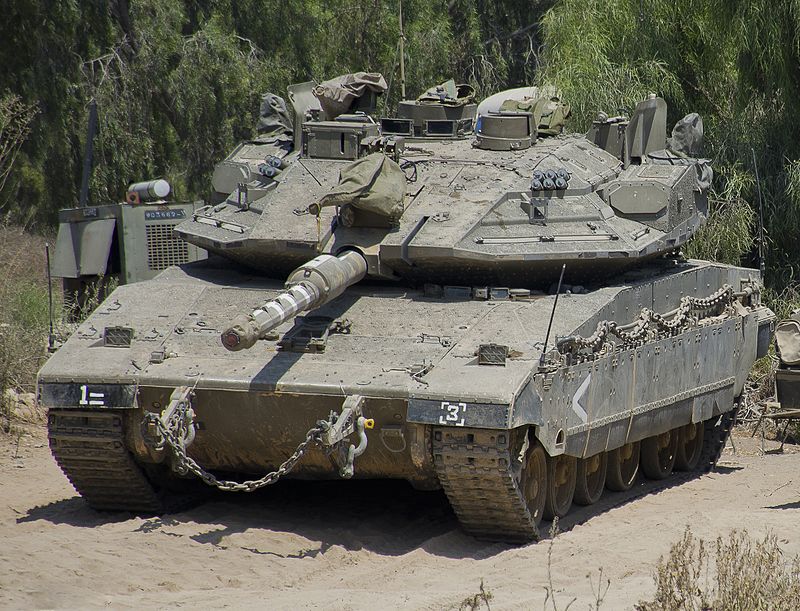
Merkava Mk 4M, 2016
Tank Merkava Mk 4M — video
https://youtube.com/watch?v=EAggCEn_Ya8
Design criteria include rapid repair of battle damage, survivability, cost-effectiveness and off-road performance. Following the model of contemporary self-propelled howitzers, the turret assembly is located closer to the rear than in most main battle tanks. With the engine in front, this layout is intended to grant additional protection against a frontal attack, so as to absorb some of the force of incoming shells, especially for the personnel in the main hull, such as the driver. It also creates more space in the rear of the tank that allows increased storage capacity and a rear entrance to the main crew compartment allowing easy access under enemy fire. This allows the tank to be used as a platform for medical disembarkation, a forward command and control station, and an infantry fighting vehicle. The rear entrance’s clamshell-style doors provide overhead protection when off- and on-loading cargo and personnel.
It was reportedly decided shortly before the beginning of the 2006 Lebanon War that the Merkava line would be discontinued within four years. However, on November 7, 2006, Haaretz reported that an Israeli General staff assessment had ruled of the Merkava Mark IV that «if properly deployed, the tank can provide its crew with better protection than in the past», and deferred the decision on discontinuing the line. On August 16, 2013, Israeli Defense Minister Moshe Ya’alon announced the decision to resume production of the Merkava main battle tank for the IDF Armored Corps.
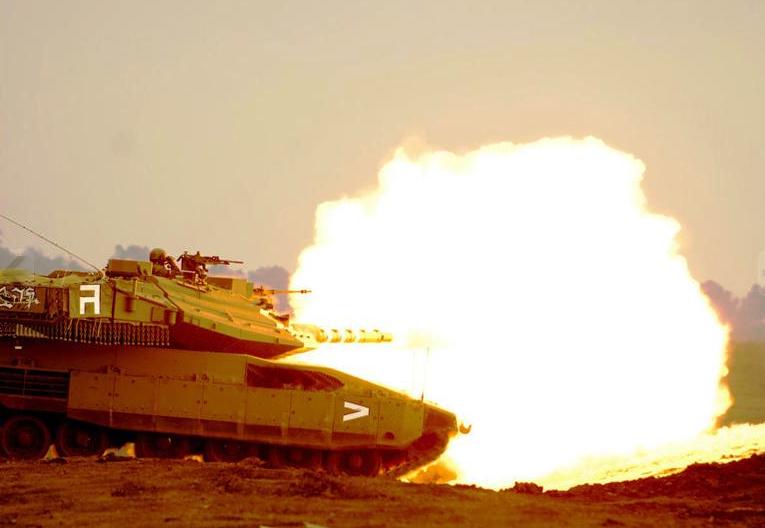
Gallery
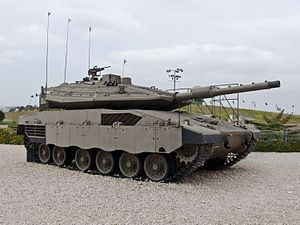
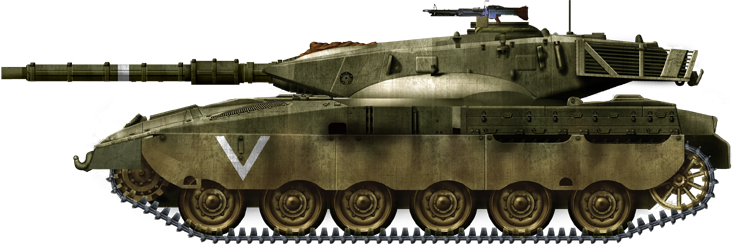
Merkava Mk.I. Designed in the late seventies. The first Merkava was loosely based on the British Centurion, which was highly regarded by Tsahal. It incorporated all the advances in modern weaponry, electronics, armor and an added emphasis put on protection. For this, the Merkava has an unusual configuration of a forward engine vehicle, and is unusually roomy as well.

A late version Merkava Mk. II during the Lebanon War, 1984. The olive green livery was customary for armored units operating in the north of the country and along the Syrian border, and sand beige for southern units.

Merkava Mk.III in early configuration (1990). Side panels protected the turret and the general armor layout was similar to the Mk. IID.
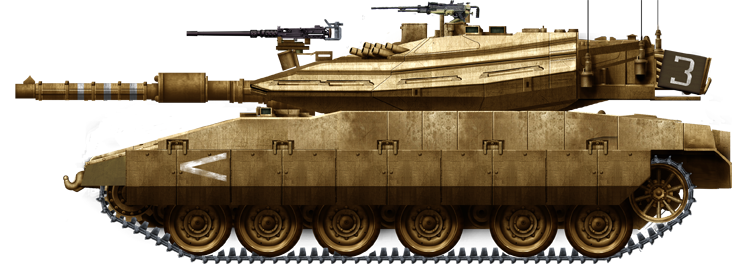
Tactics specifications Merkava Mk 4M
Unit cost — $3.5 million (Merkava IV) (for delivery to the IDF), $4.5 million (Merkava IV) (2014 price for sales to other countries)
Weight — 65 tonnes (143,000 pounds)
Length — 9.04 m or 29.7 ft (incl. gun barrel), 7.60 m or 24.9 ft (excl. gun barrel)
Width — 3.72 m or 12.2 ft (excl. skirts)
Height — 2.66 m or 8.7 ft (to turret roof)
Crew — 4 (commander, driver, gunner, and loader)
Passengers — Maximum 6 passengers
Armor — Classified composite/sloped armour modular design.
Main armament — 120 mm (4.7 in) MG253 smoothbore gun, capable of firing LAHAT ATGM
Secondary armament
— 1 × 12.7 mm (0.50 in) MG- 2 × 7.62 mm (0.300 in) MG- 1 × 60 mm (2.4 in) internal mortar- 12 smoke grenades
Engine — 1,500 hp (1,119 kW) turbocharged diesel engine
Power/weight — 23 hp/tonne
Payload capacity — 48 rounds
Transmission — Renk RK 325
Suspension — Helical spring
Ground clearance — 0.45 m (1.5 ft)
Fuel capacity — 1,400 litres
Operational range — 500 km (310 mi)
Speed — 64 km/h (40 mph) on road, 55 km/h (34 mph) off road
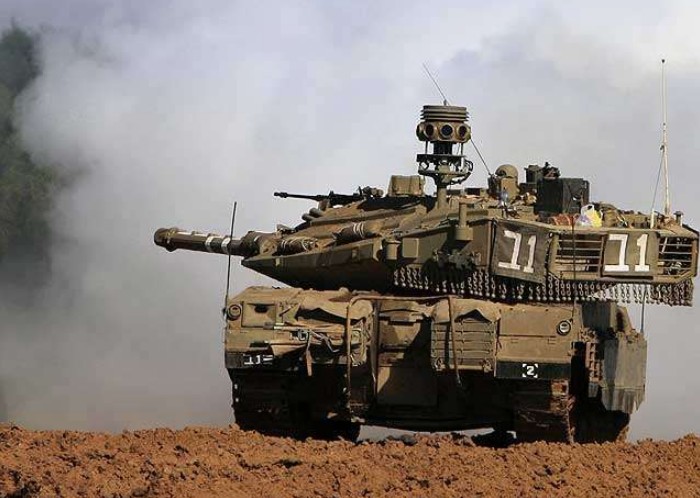
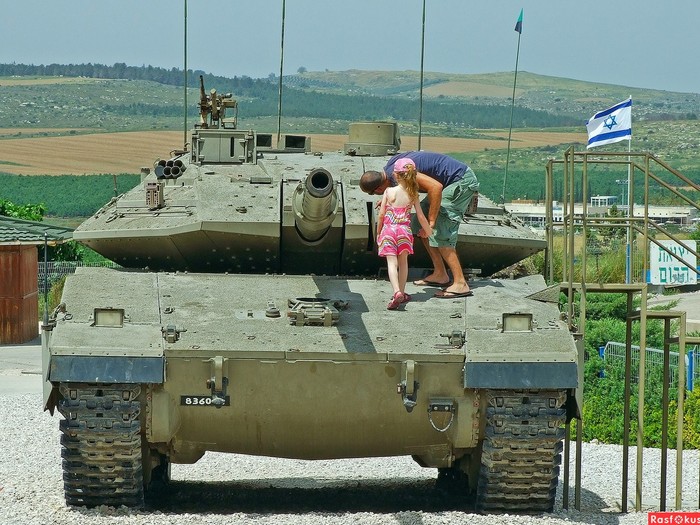

Merkava Mk 4M Windbreaker, fitted with Trophy active protection system, during Operation Protective Edge 2014.
Похожее
Tank M1A2 Abrams Technical Specifications. The weight. Dimensions
Tank Leopard 2 Technical Specifications. The weight. Dimensions
Tank Challenger 2 Technical Specifications. The weight. Dimensions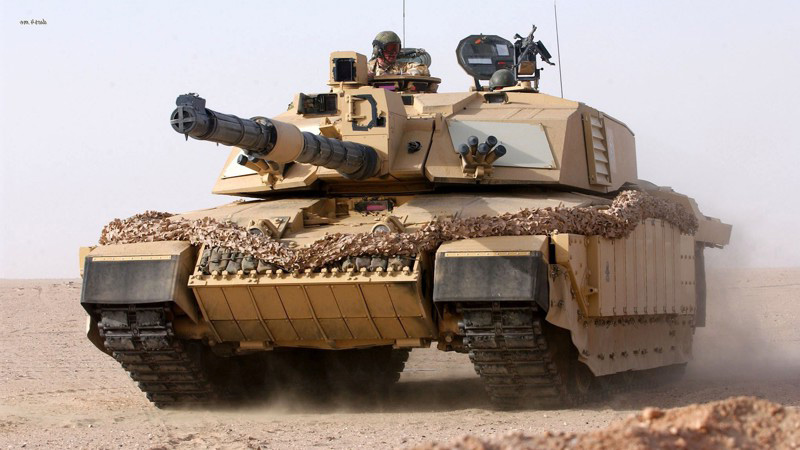
Tank Merkava Mk 4 Technical Specifications. The weight. Dimensions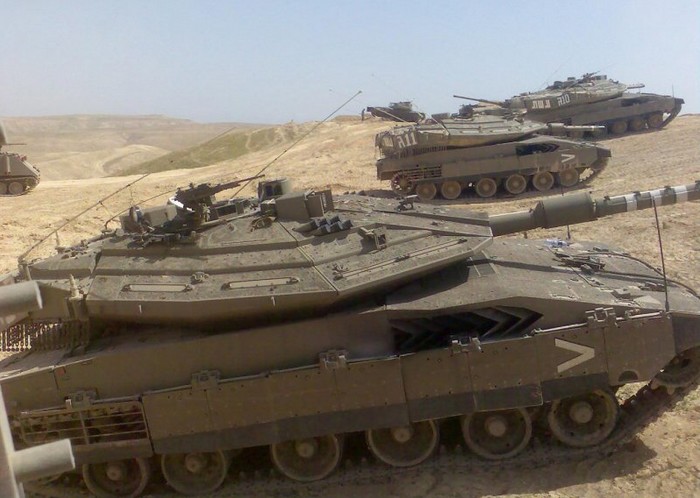
Tank Leclerc Technical Specifications. The weight. Dimensions
Tank T-55 Technical Specifications. The weight. Dimensions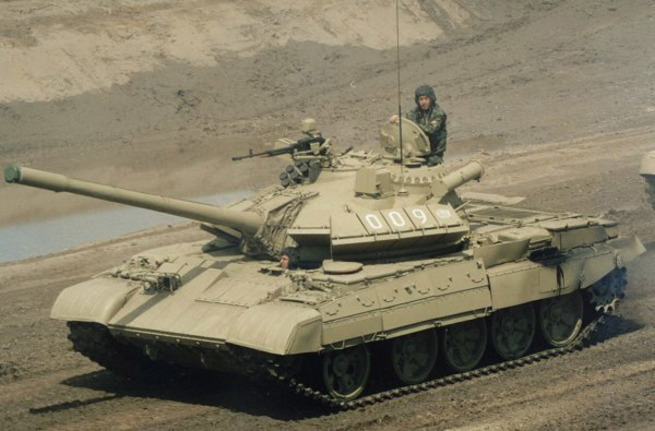
Tank T-72 Technical Specifications. The weight. Dimensions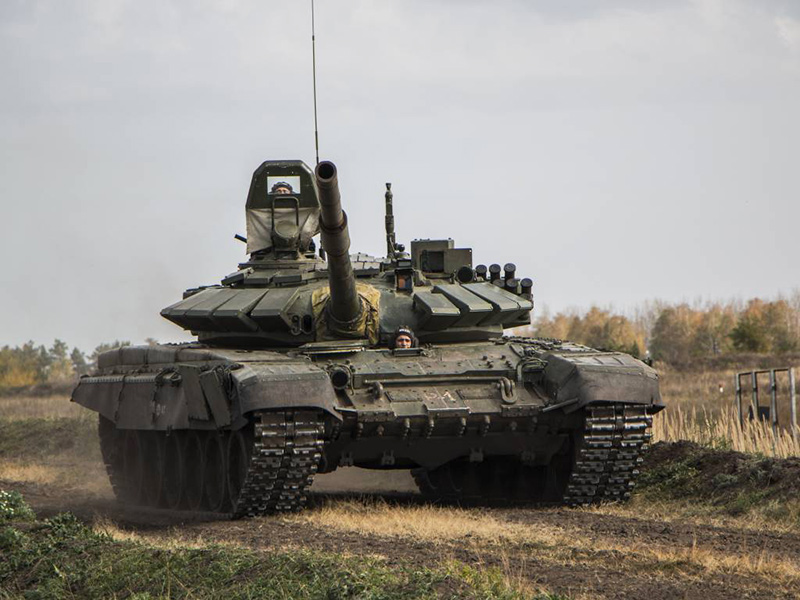
Tank M4 Sherman Technical Specifications. The weight. Dimensions
Tank T-54 Technical Specifications. The weight. Dimensions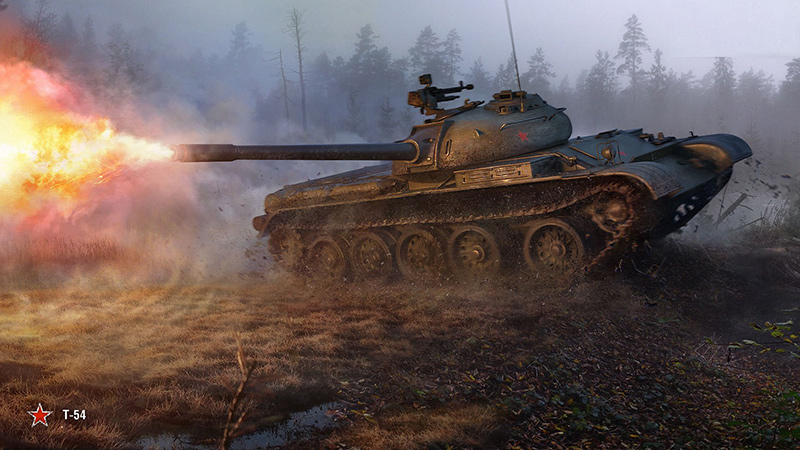
Tank Panzer III Technical Specifications. The weight. Dimensions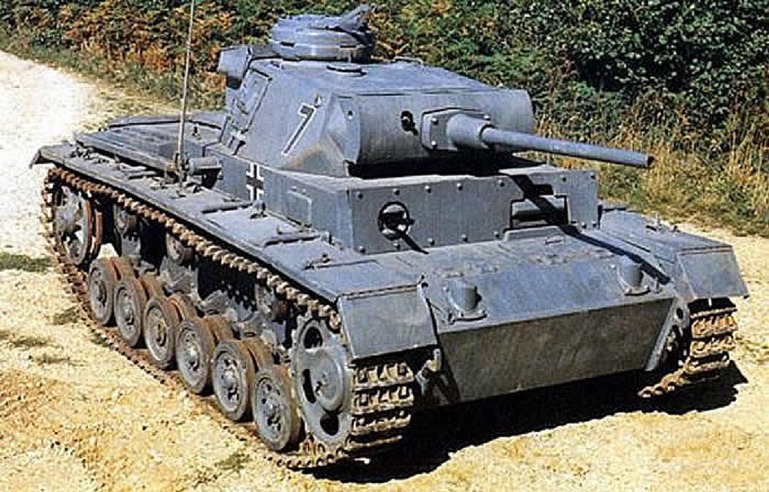
Tank IS-7 Technical Specifications. The weight. Dimensions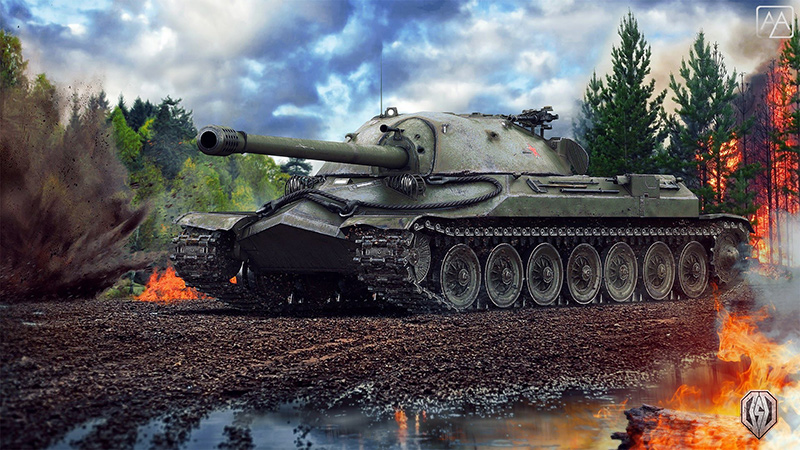
Tank T-14 Armata Technical Specifications. The weight. Dimensions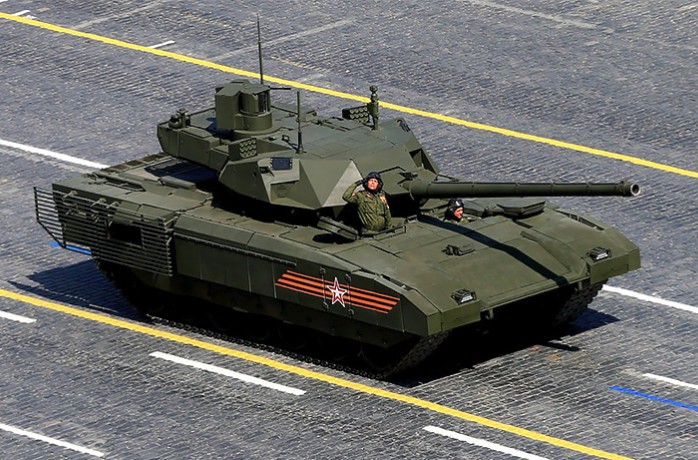
Tank Panzer IV Technical Specifications. The weight. Dimensions
Tank Ariete Technical Specifications. The weight. Dimensions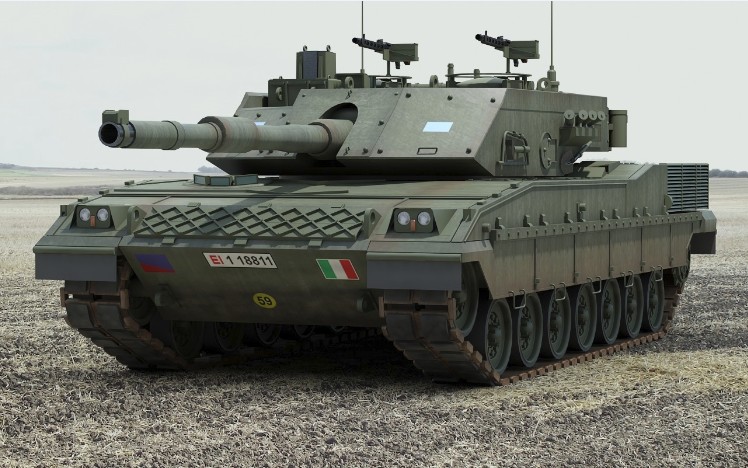
Tank T-90MS Technical Specifications. The weight. Dimensions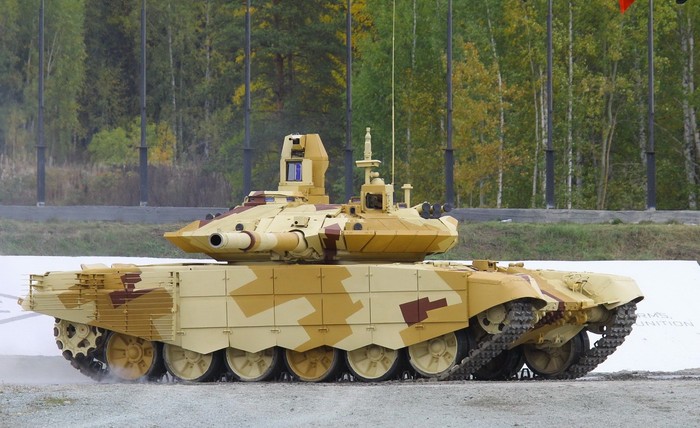
Tank T-40 Technical Specifications. The weight. Dimensions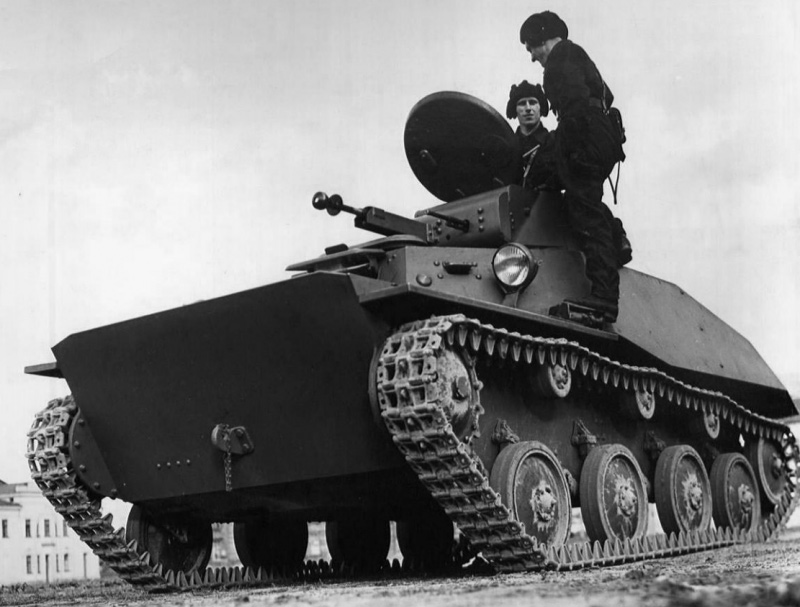
Tank T-26 Technical Specifications. The weight. Dimensions
Tank T-62 Technical Specifications. The weight. Dimensions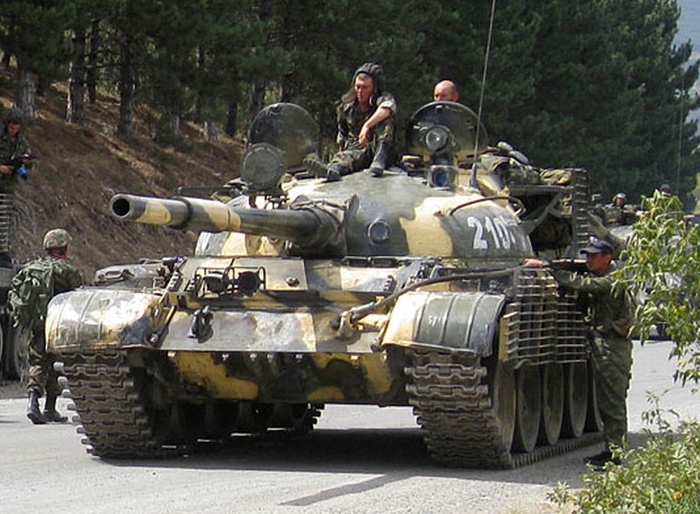
Tank Panther Technical Specifications. The weight. Dimensions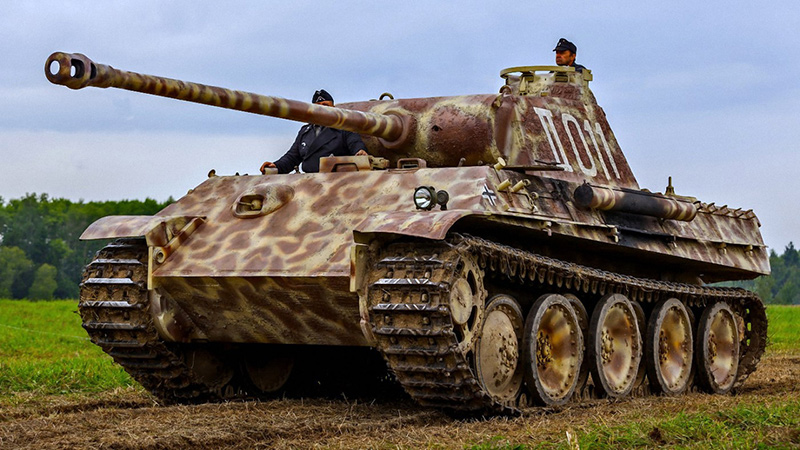
Tank T-100 Technical Specifications. The weight. Dimensions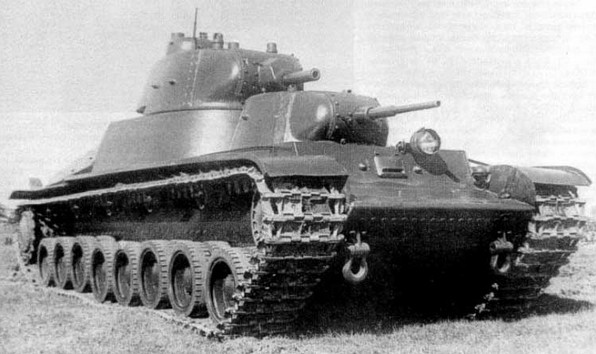
Tank IS-3 Technical Specifications. The weight. Dimensions
Tank KV-1 Technical Specifications. The weight. Dimensions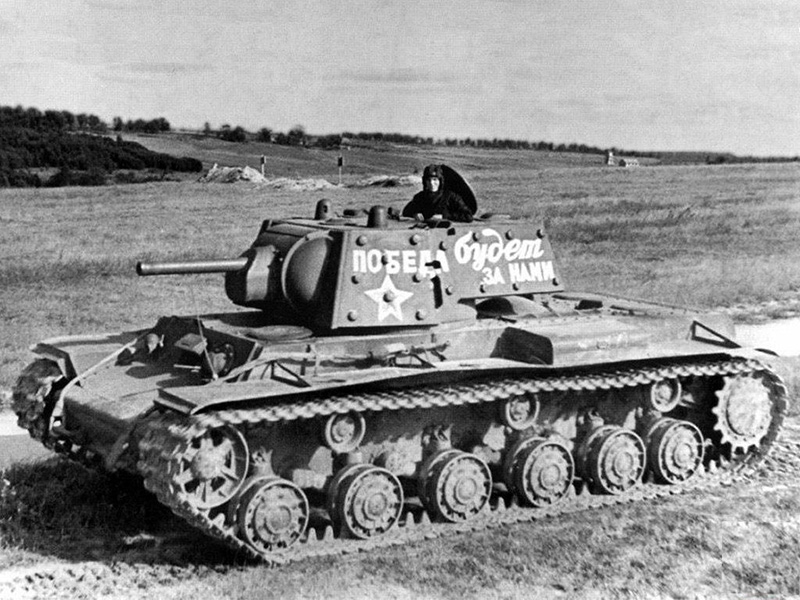
The K2 Black Panther tank Technical Specifications. The weight. Dimensions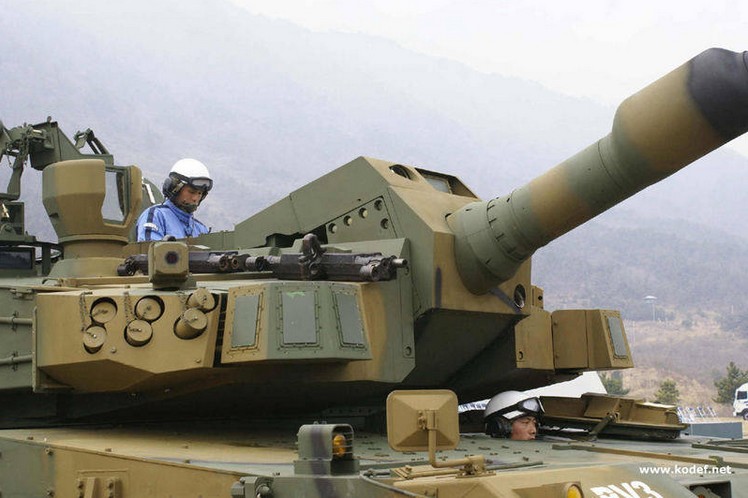
Tank T-84 Oplot-M Technical Specifications. The weight. Dimensions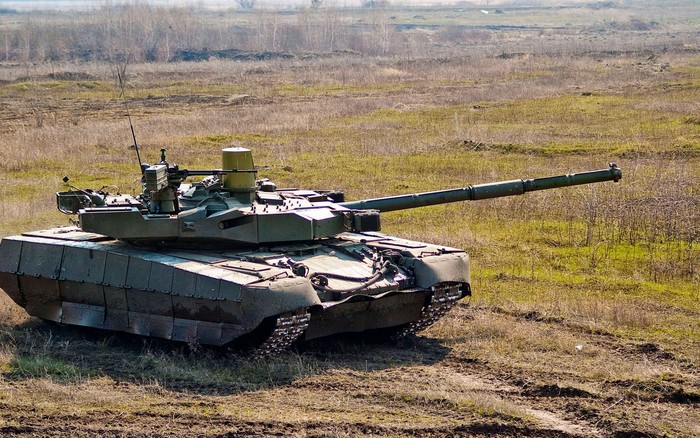
Tank T-18 (MS-1) Technical Specifications. The weight. Dimensions
The Black Eagle tank Technical Specifications. The weight. Dimensions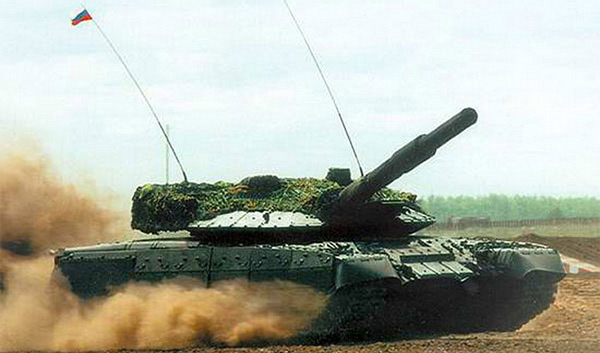
Tank T-35 Technical Specifications. The weight. Dimensions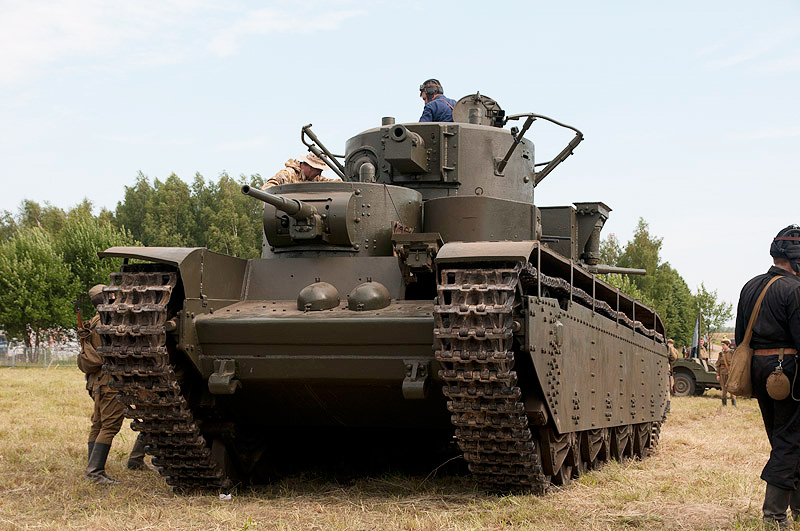
Tank PT-76 Technical Specifications. The weight. Dimensions
Tank IS-2 Technical Specifications. The weight. Dimensions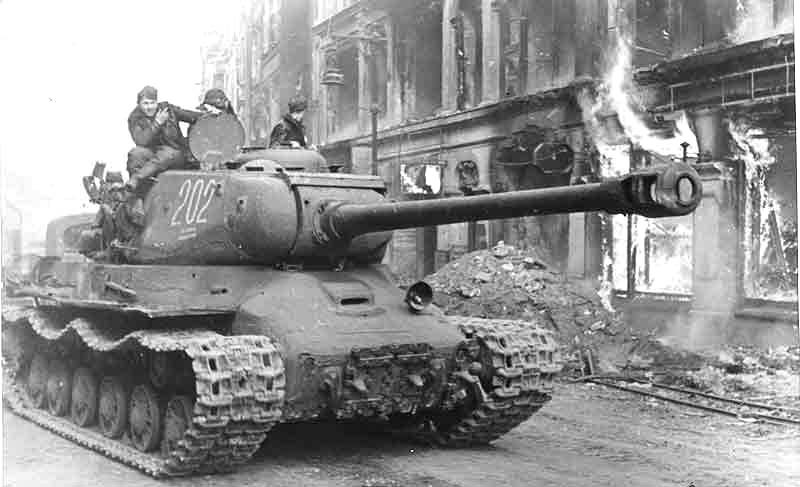
Tank T-60 Technical Specifications. The weight. Dimensions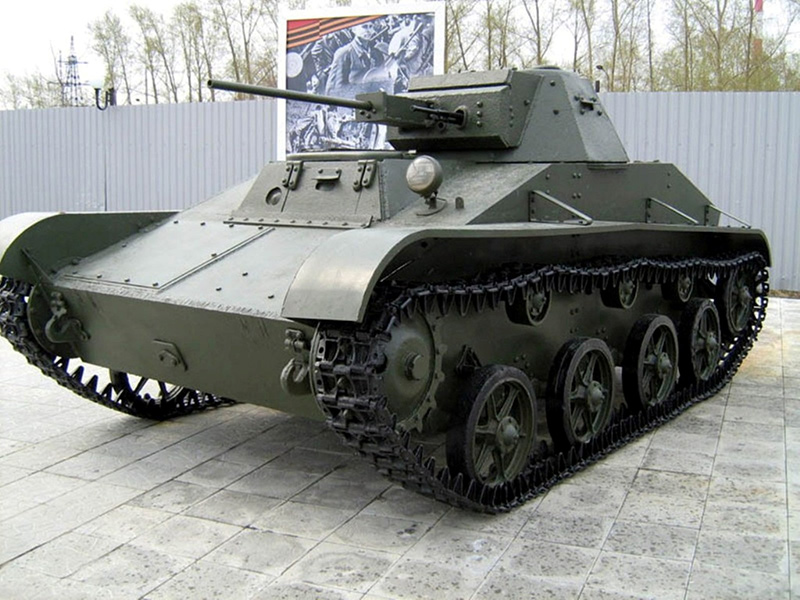
Tank T-50 Technical Specifications. The weight. Dimensions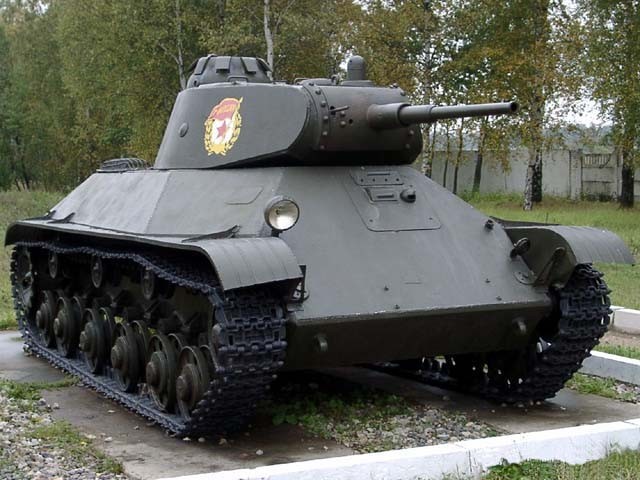
Tank T-44 Technical Specifications. The weight. Dimensions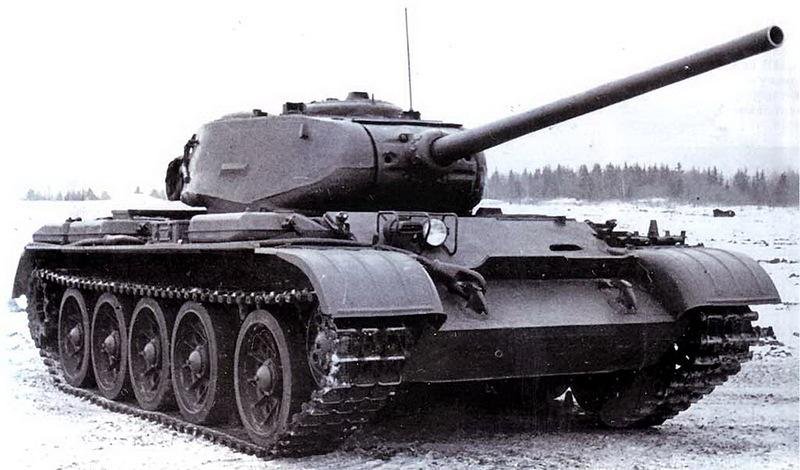
Tank T-28 Technical Specifications. The weight. Dimensions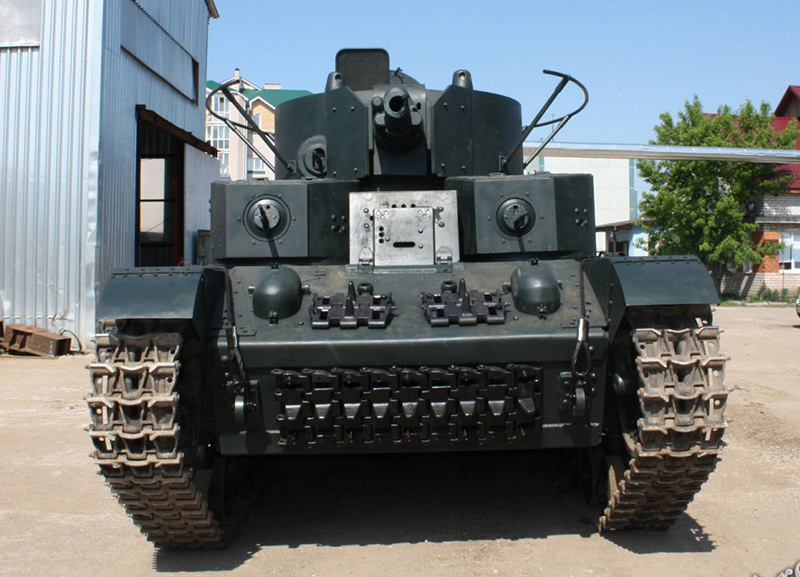
Tank T-10 Technical Specifications. The weight. Dimensions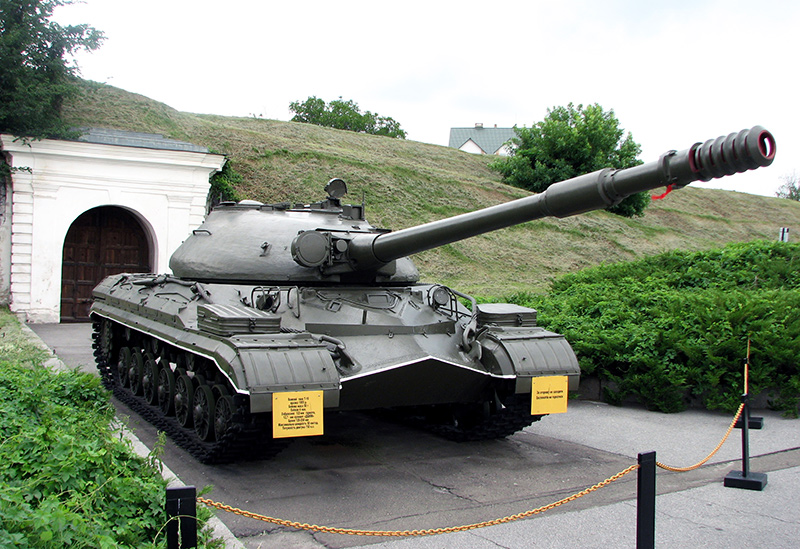
Tank Char B1-bis Technical Specifications. The weight. Dimensions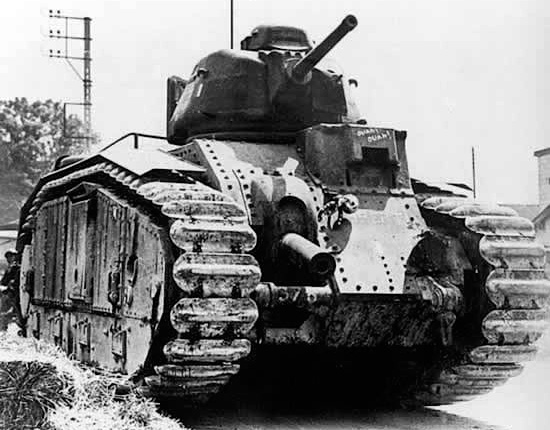
Tank T-80 Technical Specifications. The weight. Dimensions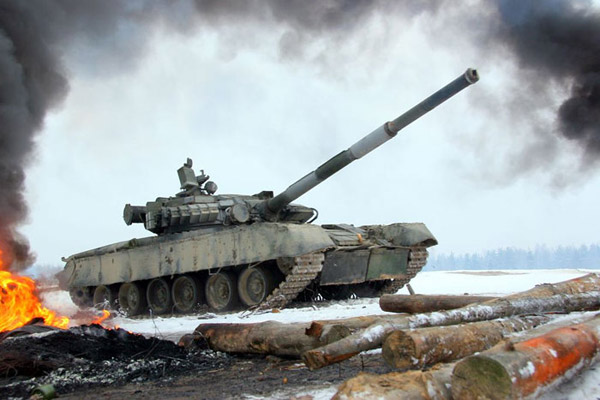
Tank Arjun Technical Specifications. The weight. Dimensions
Tank T-64 Technical Specifications. The weight. Dimensions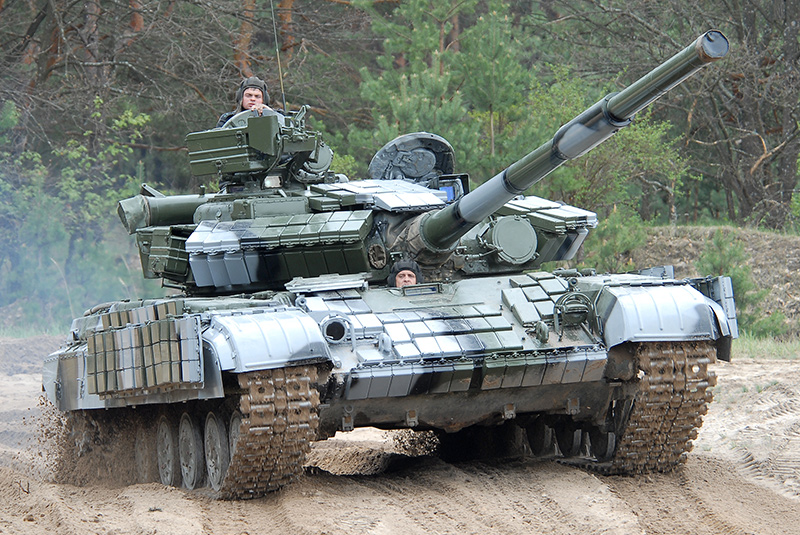
Tank Type 95 Ha-Go Technical Specifications. The weight. Dimensions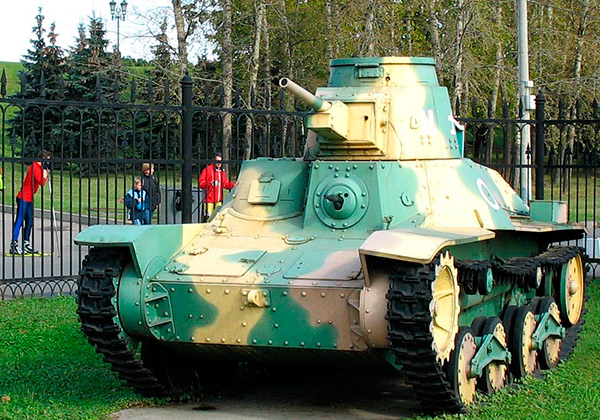
Tank M3 Stuart Technical Specifications. The weight. Dimensions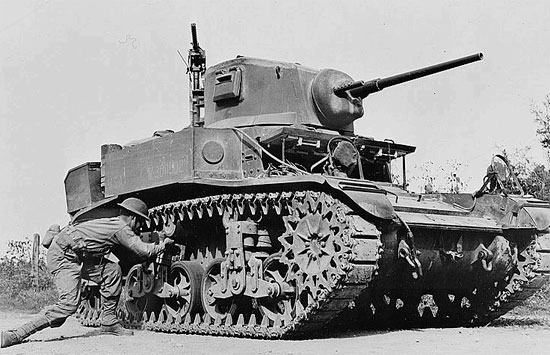
Tank KV-2 Technical Specifications. The weight. Dimensions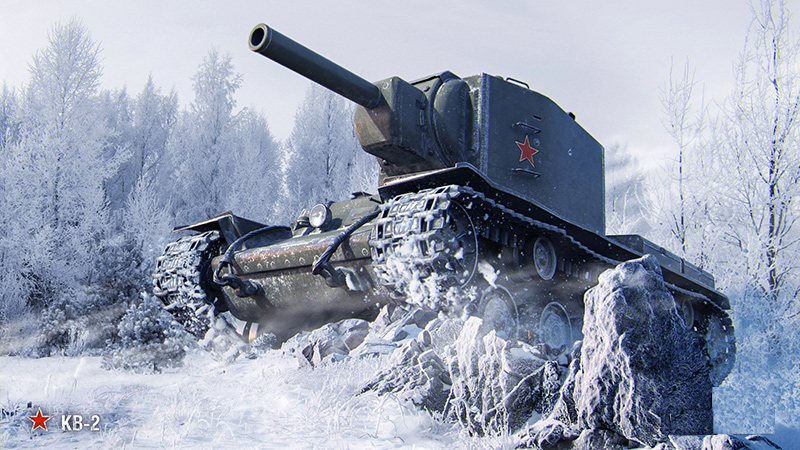
The Soviet SMK heavy tank. Technical Specifications. The weight. Dimensions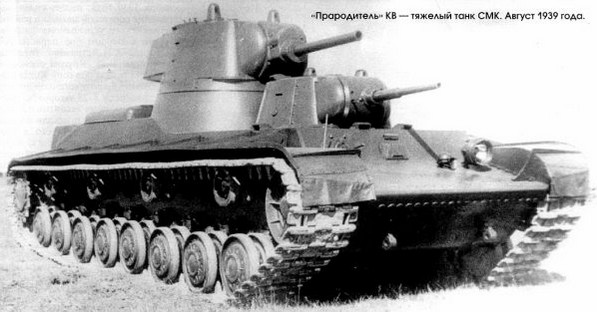
Tank Type 10 Hitomaru Technical Specifications. The weight. Dimensions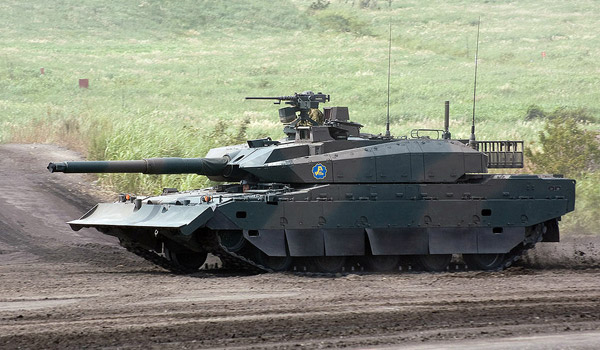
Tank Mk IV (A22) Churchill Technical Specifications. The weight. Dimensions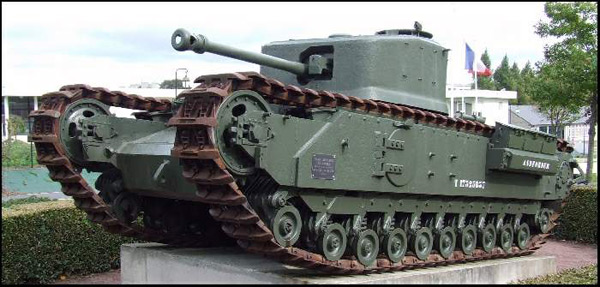
Tank Altay Technical Specifications. The weight. Dimensions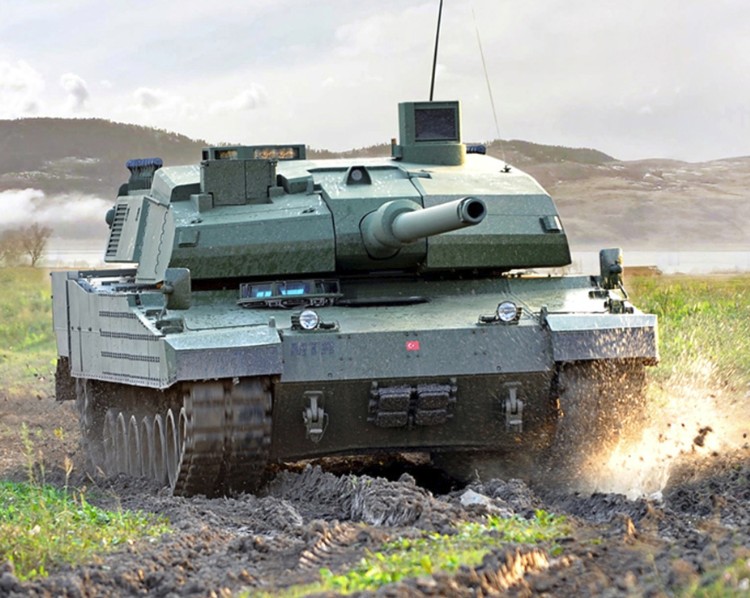
Tank Mk VII Tetrarch Technical Specifications. The weight. Dimensions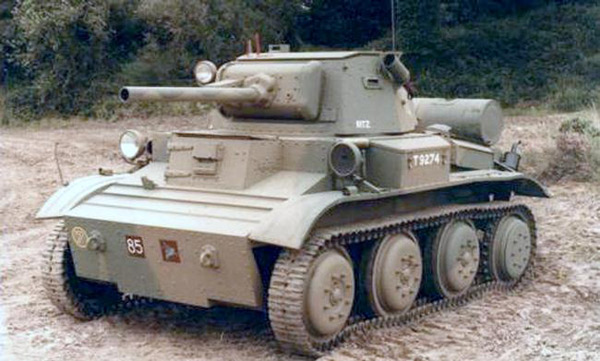
Tsar Tank. Technical Specifications. The weight. Dimensions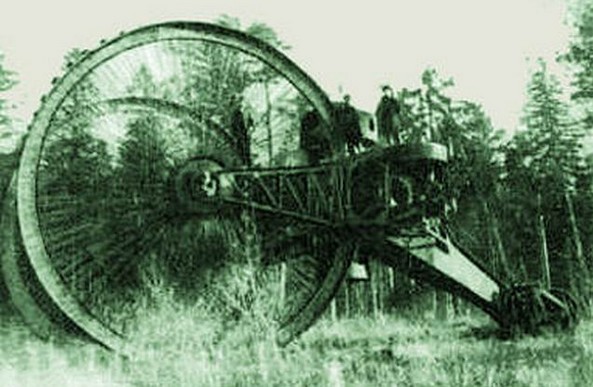
Tank Type 99 Technical Specifications. The weight. Dimensions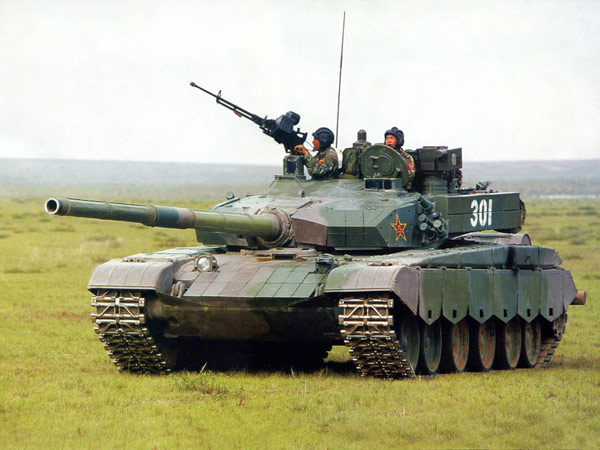
Tank Panzer 38(t) Technical Specifications. The weight. Dimensions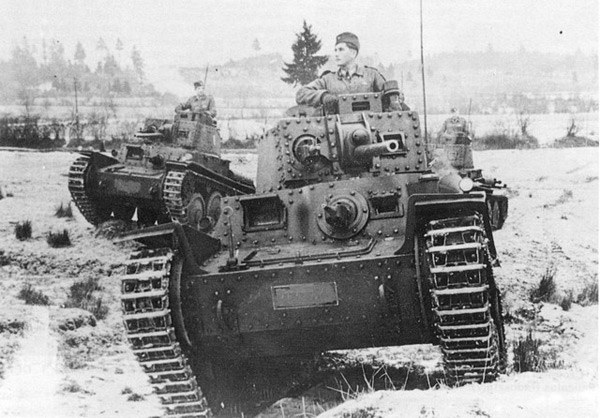
Tank BT-5 Technical Specifications. The weight. Dimensions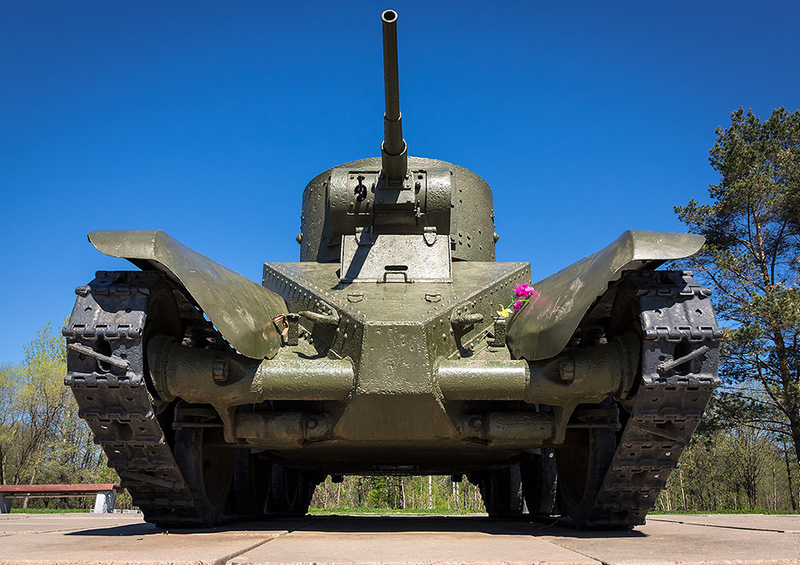
Tank Cromwell Technical Specifications. The weight. Dimensions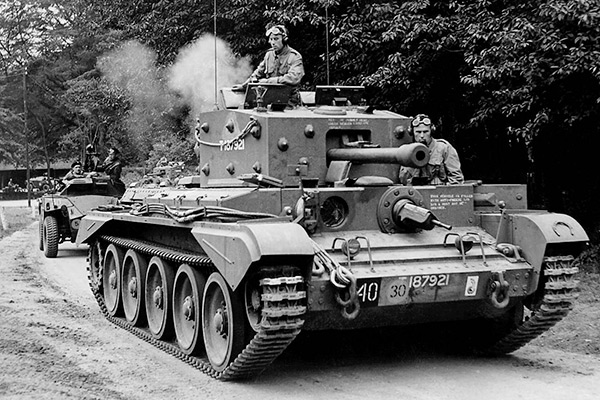
Tank Valentine Technical Specifications. The weight. Dimensions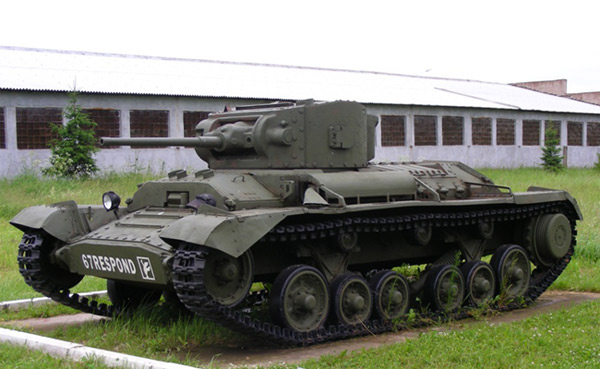
The Merkava in action
As it came into production the Camp David peace treaty seemed to settle the territorial dispute and the lack of immediate threats from Syria, Jordan and Egypt allowed some relief of tensions. But soon the Abu Nidal Organization assassination urged the IDF to invade Southern Lebanon, both to deal with PLO active cells and with Syrian influence over the area. Centurion and older models then formed the bulk of the armored forces, but the Merkava made its debuts and immediately outperformed the T-62.
The war ended in May 1983 and led Tsahal to increase its tank survivability in urban warfare, but shifted into a border conflict which lasted until 1985, after a progressive withdrawal. Latest modifications proved it was immune to the RPG-7 and, most importantly, to the AT-3 Sagger. Later, they were engaged during the Second Intifada (2002) and the 2006 Lebanon War, dealing with the Hezbollah, now armed with a great array of modern AT equipment (over 1000 missiles were fired at Merkava tanks).
The war left 5 tanks destroyed (two Mk. IV) and 40 damaged, but later salvaged and repaired. The Russian AT-14 “Kornet” proved the most lethal against Mk. II/III models, but Tsahal declared it was satisfied by the Mk. IV performances. The casualty number after tank penetration remained low, an average 2 to 1.5. This was confirmed during the Gaza War, with no casualty so far, mostly the result of revised tactics and better training for asymmetric warfare. Furthermore, since 2010, the Trophy active protection system is being introduced gradually to improve the Mk. IV survivability against the most advanced HEAT missiles, which was proven on March 1st, 2011 near the Gaza border.
| Dimensions (L-W-H) | 8.63m (7.45m without gun) x 3.7m x 2.75m (28’3″ (24’4″) x 12’1″ x 9′ ft.in) |
| Total weight, battle ready | 65 tons |
| Crew | 4 (driver, commander, gunner, loader) + 6 troops |
| Propulsion | 12-cyl 1500 hp (1120 kW) turbocharged diesel |
| Suspension | Helical Spring |
| Top Speed road/off-road | 64/55 km/h (40/34 mph). |
| Operational maximum range | 500 km at medium speed (310 mi) |
| Armament | 120mm (4.7in) SB MG253 with LAHAT ATGM capacity 1xCal.50 (12,7 mm) and 2×7.62mm mod. remote 1x60mm (2.4in ) internal mortar |
| Armor | Classified composite and sloped design |
| Production | Around 500 Mk.IV built as of 2013 |
Gallery


Merkava Mk.I. Designed in the late seventies. The first Merkava was loosely based on the British Centurion, which was highly regarded by Tsahal. It incorporated all the advances in modern weaponry, electronics, armor and an added emphasis put on protection. For this, the Merkava has an unusual configuration of a forward engine vehicle, and is unusually roomy as well.

A late version Merkava Mk. II during the Lebanon War, 1984. The olive green livery was customary for armored units operating in the north of the country and along the Syrian border, and sand beige for southern units.

Merkava Mk.III in early configuration (1990). Side panels protected the turret and the general armor layout was similar to the Mk. IID.

Установка модов HARD CHEAT Merkava
- Следуйте инструкциям установщика и обязательно правильно укажите папку с игрой.
- Список модов, доступных в модпаке, может немного отличаться от перечисленного выше в связи с тем, что команда разработчиков регулярно обновляют свое детище.
merkava-12_8.exe
(cкачиваний: 241)
Автор : DontWorry
Текущая версия: 0.9.21.0.3
2 449
Вернуться
Другие интересные новости по теме
B4it — комплексный чит-мод
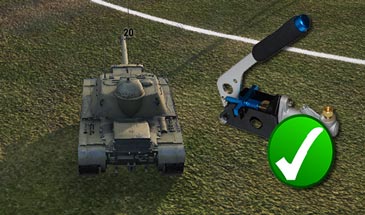
Мод отключить ручник для ПТ-САУ в снайперском режиме
PFMods — индикация перезарядки, разрушений на миникарте и удаление

Мод пак от Djonny для WOT
Помогатор — последний сервер, возврат экипажа, автоустановка
Автоприцел: захват, упреждение, выбор точки — autoaim от sae для
Бесплатная версия ModificationExtension
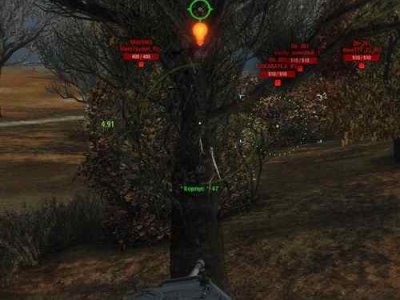
Стреляем точно с ProAim

Сборка модов (mod pack) от AnTiNooB
Development history
After the plans were ready by 1974, construction of several prototypes began. All were briefly tested before a stage of complete modifications, performed by the brand new Tel HaShomer ordnance depot, which was specially tailored around the Merkava. The “Merkava” (derived from ancient Hebrew word meaning “chariot”), was also the name of the entire domestic tank project since 1973 and saw nearly a full year of development before a full-scale production could be started in 1977. By then, it was made public in May, and the official acceptance into service with Tsahal was ratified in December 1978, when the first series had been delivered. The design, development, and assembly of the Mk.I and subsequent modernized series were performed by MANTAK arsenal along with IDF Ordnance Corps and other contractors. Systems integration, including sights and weaponry, were performed by Israel Military Industries (IMI).
Об активной защите «Трофи»
Как утверждают военные специалисты, активная защита «Меркава-4», характеристики которой многими мировыми экспертами в строительстве бронетехники считаются революционными, является гордостью израильской инженерии. Боевая машина, оснащенная подобной системой, способна обнаруживать, отслеживать и уничтожать с больших расстояний современные противотанковые ракеты. Выпускается «Трофи» в Израиле. В 80-е годы аналогичная система устанавливалась на советские танки. Бытует мнение, что израильская «Трофи» — это один из усовершенствованных вариантов советских систем.
Variant of the Merkava
The Merkava LIC (Low-Intensity Conflict)
This “kit” was designed for urban warfare, includes a remotely operated 12.7 mm turret. Its optics, exhaust ports and ventilators are protected by a metal mesh. Pole markers with LED tips and a rear camera improve all-angle and night vision for the crew.
The Merkava Tankbulance
The roomy hull with capacity for 6 extra passengers has already been tested for ambulance tasks in combat and led to the modification of some tanks (one for each battalion) especially for this purpose. These are internally modified to carry injured personnel, taken in hands by a small team equipped with stretchers and a life support medical station. The tank remains fully operative at the same time, with the sole disadvantage of carrying less ammunition.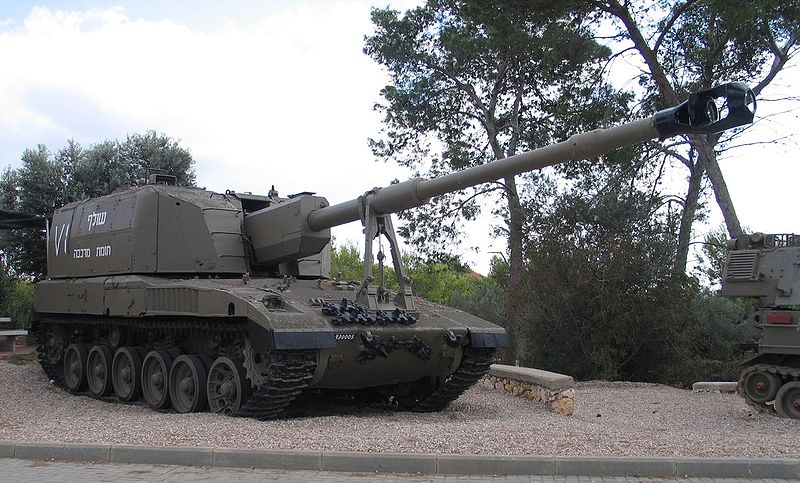
The Merkava IFV Namer
Namer means “Leopard” and is, at the same time, the contracted acronym for Nagmash Merkava, or “APC” Merkava. The turret is removed and the cabin completely revamped to carry 9 infantrymen and their equipment. Armament is comprised of an M2 heavy 50 cal. Mg, a remotely-operated RCWS Mk19 Grenade launcher or the MAG (also remotely operated) 7.62 machine-gun and the usual 60 mm mortar. The Nemmera (Leopardess) is an armored recovery variant. The Sholef is a 155 mm howitzer SPG variant built by Soltam in 1984-86, which remained at prototype stage (2 delivered).
The Merkava design
At first, the Merkava’s most striking aspect was its rearwards turret, a feature more common in SPGs than MBTs. But the positioning of the engine at the front was a deliberate attention to crew protection, as it participates in the frontal defense of the fighting compartment. Second, this compartment was exceptionally roomy, allowing several infantrymen and their equipment to embark. The rear two-hatch door was another originality, allowing fast evacuation by the crew, as well as an APC-style access which was found very useful during the Lebanon campaign. The drive train and suspension was largely inspired by the British Centurion and the tracks were directly derived from it.
The diesel engine provided, to a 65-ton vehicle, a good power-to-weight ratio and enough mobility on soft grounds. Many other solutions were borrowed from existing systems, thus allowing it to fulfill two of the initial specifications: cost-effectiveness and easy maintenance and repair on the battlefield. The drive train was made of six road wheels, one rear idler wheel, one front drive sprocket and three return rollers per side. The turret was large but low, narrow and triangular in shape, presenting the absolute minimal surface from the front.
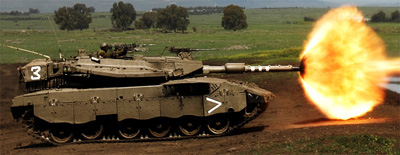
Deployment[edit]
The tank was produced by the Terran Alliance and Terran Hegemony until just before the formation of the Star League. It was retired from front-line service to the Hegemony militias and the surviving vehicles were finally cannibalized for parts — particularly the fusion engine — during the Succession Wars.
After the discovery of the Hegemony Memory Core, the tank was revised during the first half of the Jihad due to its simple construction. Earthwerks Incorporated, in the Principality of Regulus, created makeshift factories to produce a new version of the tank, the Mk. IX, on Tiber. The Regulan government had begun to deploy the Mk. IX to the Regulan Hussars in large numbers by .
Тактико-технические характеристики танка Меркава 4M
Экипаж, чел: 4 Годы эксплуатации: с 1974 Количество выпущенных, шт.: 1970 (всех модификаций)
Вес Меркава-4
— 70 тонн
Размеры Меркава-4
— Длина корпуса, мм: 7450 — Длина с пушкой вперёд, мм: 9040 — Ширина корпуса, мм: 3720 — Высота, мм: 2660 — Клиренс, мм: 530 (с дополнительным бронированием днища — 430)
Броня Меркава-4
— Тип брони: стальная литая, разнесённая модульная четвёртого поколения, противоснарядно-противокумулятивная — Активная защита: «Трофи» — Динамическая защита: нет
Вооружение Меркава-4
— Калибр и марка пушки: 120-мм MG253 — Тип пушки: гладкоствольная пушка — пусковая установка ПТУР «Лахат» — Длина ствола, калибров: 50,92 — Боекомплект пушки: 48 — Прицелы: наводчика дневной/ночной (тепловизионный) с автосопровождением цели, командира панорамный дневной/ночной (тепловизионный) с автосопровождением цели; есть резервные оптические и ИК-прицелы — Пулемёты: 2 × 7,62-мм FN MAG, на некоторых также 1 × 12,7-мм M2HB — Другое вооружение: 60-мм миномёт
Двигатель Меркава-4
— Тип двигателя: V-образный 12-цилиндровый четырёхтактный дизельный водяного охлаждения с турбонаддувом — Мощность двигателя, л. с: 1500
Скорость Меркава-4
— Скорость по шоссе, км/ч: ~60 — Скорость по пересечённой местности, км/ч: 40
— Запас хода по шоссе, км: 500 — Удельная мощность, л. с./т: 21,4 — Тип подвески: индивидуальная на вертикальных пружинах — Удельное давление на грунт, кг/см²: 1,12
— Преодолеваемый подъём, град: 30° — Преодолеваемая стенка, м: 1,2 — Преодолеваемый ров, м: 3,0 — Преодолеваемый брод, м: 1,4
[править] Общие сведения
Видимо является модификацией принятого в 2014 году на вооружения танка «Меркава-IVМ» («М» означает, что танк оснащается системой активной защиты «Ветровка», «Меиль-руах»).
О «Меркава-4 Барак» впервые было опубликовано в марте 2017 года.
19 июля 2018 года на сайте Цахала был опубликован ряд новых подробностей об этом танке, принятие которого на вооружение ожидается в середине 2021 года или в 2011 году.
«Меркава-4» получит:
- Компьютер задач («Махшев Месима») будет включать элементы искусственного интеллекта. Будет принимать информацию как от датчиков танка, так и от внешних источников (от оперативной сети), анализировать её и представлять командиру танка в порядке срочности и актуальности. В частности, будет давать приоритет обнаруженным целям по степени угрозы. Позволит снизить нагрузки на экипаж, увеличить скорость и точность обнаружения целей и повысит вероятность их поражения. Кстати, уже на текущей версии танка («Меркава-4 Мем», буква «Мем» обозначает КАЗ «Меиль Руах», Trophy) установлены 46 различных компьютеров, получающих данные от десятков датчиков и дающих танку вероятность поражения цели с первого выстрела 90%.
- Встроенная система виртуальной реальности (VR — Virtual Reality glasses) для учебных целей. Позволяет превратить каждый танк в тренажёр, создавая на дисплеях изображение виртуальной местности: застройка, горно-лесистая местность и пр. Тем самым, танк, находясь на полигоне в пустыне, сможет отрабатывать задачи в совершенно других типах местности.
- Усовершенствованные прицелы командира и наводчика.
- Каски с системой IronVision.
- Новые сенсорные экраны (Touch Screen).
- Модернизация КАЗ «Меиль Руах», увеличение степени её автоматизации.
- Система предупреждения водителя о препятствиях.
- Изменения вопросов логистики (тылового обеспечения), которые позволят танку выполнять задачи на 30% дольше времени, чем раньше.
Таким образом, танк оборудован более совершенным компьютером с элементами искусственного интеллекта, что позволит значительно снизить нагрузку на экипаж, его безопасность, и повысить боевую эффективность. Этот центральный бортовой говорящий компьютер объединяет 46 локальных компьютеров установленных сегодня на «Меркава-4 Марк», в единую сеть. Может анализировать технические и тактические показатели, и на этой основе давать рекомендации всем членам экипажа женским голосом. Некоторые решения робот принимает самостоятельно. Например, при фиксировании атакующего снаряда или ракеты, одновременно с «включением» силового купола «ветровки», робот производит выстрел (высокоскоростным снарядом) на поражение с целью уничтожить атакующего, даже раньше чем снаряд достигнет танка, и будет нейтрализован «ветровкой». Отдельный компьютер в танке отвечает за целеуказание, он собирает данные с остальных компьютеров танка и предоставляет командиру экипажа нужную информацию, включая видео. Процесс поиска цели и стрельбы происходит за секунды, командир не только получает достоверные данные, но ему также предлагают план действий. Так как снаряд летит быстрее ракеты, расчёт вражеского ПТУР будет уничтожен до того, как покинет позиции, а саму ракету противника перехватит «ветровка».
Боевое применение
7.1 Ливанская война 1982 года
В первых для себя боях танк участвовал в 1982 году во время Ливанской войны. Всего в ней участвовало 1000 машин. Как считают эксперты, они показали себя в боевых условиях очень эффективными. Особенно это утверждение касается обеспечения безопасности экипажей. За время войны из строя были выведены 34 единицы. Следует сказать, что такие инциденты случались не только непосредственно в боях, но и по таким причинам, как слишком высокая температура воздуха, перегревы мотора, засорение песком фильтров.
7.2 Вторая ливанская война 2006 года
Во Второй ливанской войне принимали участие танки «Меркава Mk.3», «Меркава Mk.2» и «Меркава Mk.4» общим количеством 400 единиц. В большинстве случаев они эксплуатировались для эвакуации раненых и поддержки пехоты. В боевых условиях они понесли многочисленные потери, самой устойчивой оказалась «Меркава Mk.4».
7.3 После 2006 года
Летом 2007 года «Меркава-4» была подбита из-за плотного огня РПГ. Двое из членов экипажа отделались легкими осколочными ранениями. В декабре 2010 года в «Меркаву-3» попала ракета Ат-14 «Корнет». Экипаж не пострадал.
Весной 2011 года танк, дополненный комплексом активной защиты «Трофи» обстреляли ручным противотанковым гранатометом. «Трофи» своевременно зафиксировала угрозу и выпустила средства нейтрализации, из-за чего ракета была ликвидирована на безопасном расстоянии. Затем она еще не один раз демонстрировала свою эффективность.
The Merkava Mk. III

The MkIII was introduced in December 1989 and production ran until 2002, with a total of 780 being produced by MANTAK (Merkava Tank Office), together with no less than 16 subcontractors, locals like IMI (gun and ammo), Urdan Industries (powertrain, transmission and hull), Soltam (mortar), Elta (sensors & optics), Elbit (FCS and electronics), Tadiran (turret and hull internal equipments), El-Op, Elisra and Astronautics (optics, laser warning systems), Rafael Advanced Defense Systems (active protection and remotely operated machine-guns), L-3 Communication Combat Propulsion Systems (main engine and transmission), Urdan (mine-roller/dozer kits) or foreign like Motorola, DuPont, FN Herstal, or Bental Industries in other areas.
This new machine came with two major improvements. The IMI 120 mm (4.72 in) gun, a smoothbore capable of firing upgraded “intelligent” ammunition like the LAHAT ATGM and a much more powerful diesel engine, a license-based MTU turbodiesel giving 1,200 horsepower (890 kW), and a new transmission. The weight rose to 35 tons, but the maximum cruising speed also rose to 60 km/h (37 mph). Another important change was the new turret-driving system, which was now completely independent of the hull, allowing target-focusing while on the move.
During the 90s other improvements were added during production, including an external telephone at the rear for close infantry support, improved and safer ammunition storage containers, laser designators and Kasag modular armor system (Mk. IIIB). The latter was improved in the early 2000s, but as always, details are classified.
The Mark III BAZ (contraction of Barak Zoher) was a set of improvements applied in 1995 on the oldest series, comprising a new composite armor (Mk. IIID), upgraded FCS components and improved tracking system from EL-OP and Elbit Ltd allowing to engage several moving targets while on the move, NBC protection, and a better, locally built air conditioning system.The Mark III Dor Dalet (fourth generation) pioneered improvements which would become standardized with the Mark IV. Introduced in the early 2000s, these comprised new Caterpillar tracks, and the R-OWS system (Rafael Overhead Weapon Station), a remote-controlled turret mounted machine-gun.
“МЕРКАВА” МК.2
Модификация Mk.2 разработана с учетом боевого опыта, полученного в ходе войны 1982 года. Танк модели Mk.2 стал, так сказать, непосредственным результатом сражений в Ливане. Оказалось, что даже совершенная бронезащита “Меркав” Mk. 1 не спасает от огня 125-мм гладкоствольных пушек танков Т-72, применявшихся Сирией, поэтому основной целью модернизации стало дальнейшее усиление бро-незащиты. Бронирование башни усилено путем установки накладных экранов. Стальная броня экранов обладает повышенной снарядостойкостью по сравнению с броней танка “Меркава” Mk.1. Бортовые экраны измененной формы также изготовлены с применением брони нового типа, предусмотрена возможность установки на них блоков динамической защиты. Экраны подвешены на стальных листовых рессорах с целью уменьшения вероятности их потери при движении по сильно пересеченной местности. Модифицирована система управления огнем за счет установки более совершенного баллистического вычислителя и нового лазерного дальномера. СУО была разработана израильской фирмой Элбит и получила название “Матадор-2”. Программой модернизации предполагалось дальнейшее форсирование дизеля AVDS-1790-5A, однако на Mk.2 остались стоять прежние моторы мощностью 900 л. с., но была установлена новая автоматическая трансмиссия израильской конструкции. Емкость топливных баков по сравнению с предыдущей моделью увеличена примерно на 25%. Модернизация ходовой части заключалась в установке на два передних узла подвески гидравлических упоров. Танки “Меркава” Mk.2 поступили на вооружение армии обороны Израиля в 1983 году. До уровня Mk.2 были доведены все танки “Меркава” Mk. 1; танки варианта Mk.2 строились и заново.
О тактико-технических характеристиках
- «Меркава-4» является основным боевым танком.
- Вес ОБТ: 65 т.
- Боевой экипаж состоит из 4 человек.
- Общая длина танка с пушкой: 904 см.
- Длина корпуса: 760 см.
- Высота танка: 266 см.
- Показатель клиренса: 53 см.
- ОБТ «Меркава-4» способен передвигаться с максимальной скоростью 65 км/ч.
- Показатель запаса хода топлива: 500 км.
- Танк в состоянии преодолевать рвы, ширина которых не превышает 3 м и брод глубиной 138 см.
- Боевая машина оснащена стальной литой, разнесенной модульной, противоснарядной и противокумулятивной броней.
- В качестве вооружения ОБТ комплектуется модульной, комбинированной 120-миллиметровой гладкоствольной танковой пушкой MG253 и спаренным с ней зенитным пулеметом MAG, калибра 7,62 мм, а также 60-миллиметровым минометом.
- В «Меркаве-4» артиллерийская стрельба ведется унитарными с частично сгорающими гильзами боеприпасами.
- ОБТ комплектуется лазерным прицелом-дальномером с тепловизором.
- Боевая машина оборудована 12-цилиндровым четырехтактным дизелем с водяным охлаждением GD 83.
- Топливный бак танка рассчитан на 1400 л горючего.
- Мощность силовой установки: 1500 лошадиных сил.
Learning tank warfare the hard way
The Merkava was designed soon after the Yom Kippur War (1973). The Israelis initially wanted to acquire Chieftains from Great Britain, but the British Government decided in 1969 to cancel any weapon deliveries to Israel, and therefore the project was halted. This prompted the designing of a local tank, which would become the Merkava. The first prototype was ready in 1974, heavily drawing on lessons learned from the 1973 October War. In short, the Merkava was the embodiment of the ideal MBT for Tsahal. Combining speed, endurance, firepower and accuracy with high survivability requirements and an emphasis put on crew protection.
Hello, dear reader! This article is in need of some care and attention and may contain errors or inaccuracies. If you spot anything out of place, please let us know!


